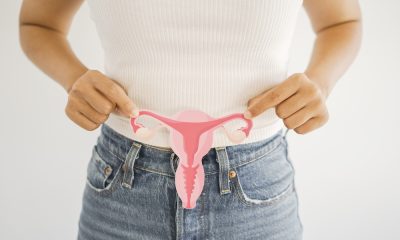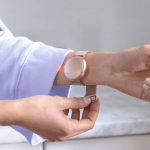To receive the Femtech World newsletter, sign up here.
Q&A
Meet Germany’s first health app dedicated to endometriosis
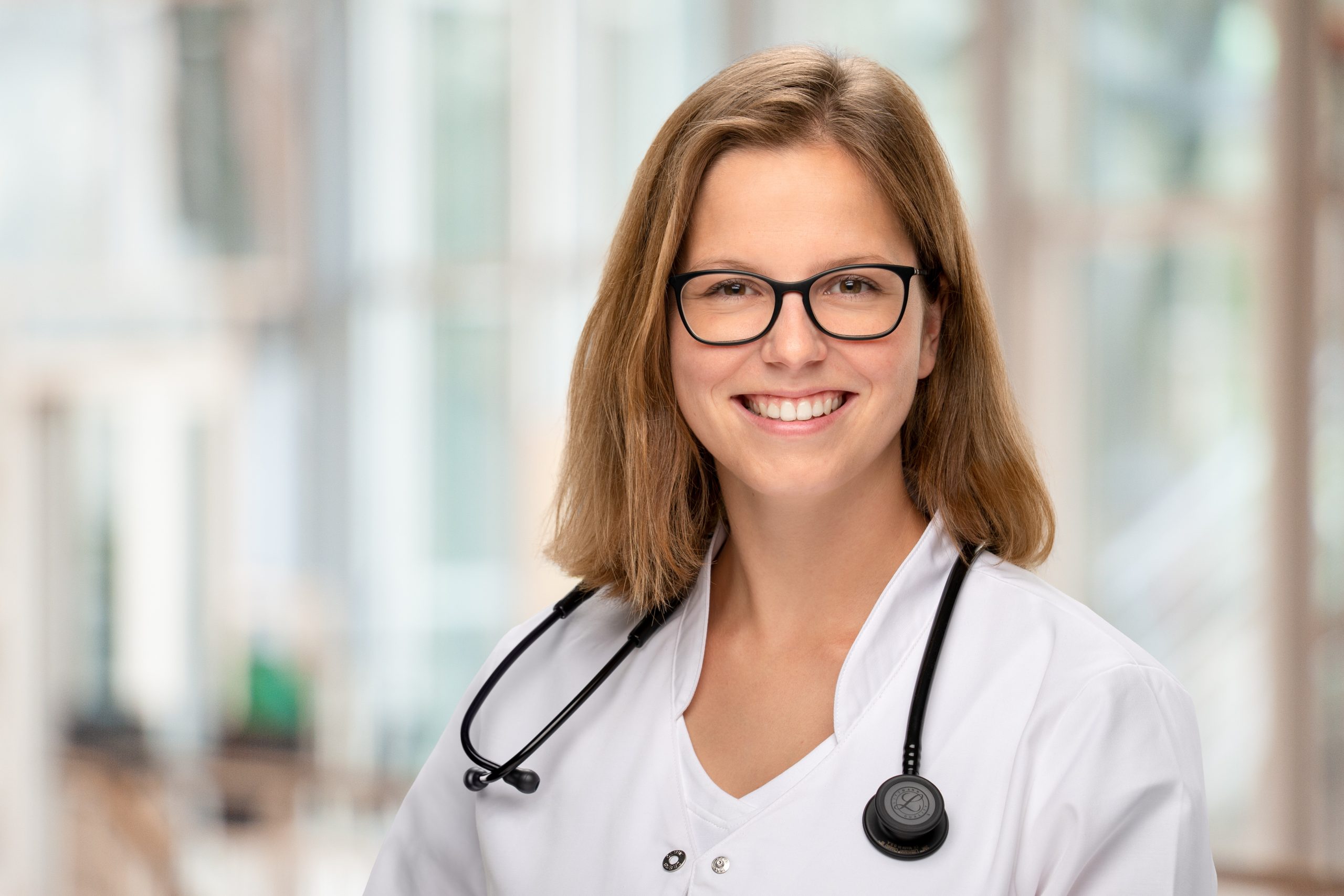
We sat down with Dr Nadine Rohloff, CEO of the medical start-up Endo Health GmbH, to find out how Germany’s first endometriosis app helps women understand and manage their symptoms independently.
What is the Endo-App?
The Endo-App is a digital health app for people suffering from endometriosis. The app helps women improve their life quality through multimodal self-management.
A smart diary, targeted exercises guided by experts and useful information in easily digestible videos are just some of the features.
The positive effect on life quality has been shown in randomised studies and the app is now available through all German health insurances.
What was the idea behind the app?
Endometriosis is a chronic and currently incurable disease that can severely affect the quality of life of those suffering from it.
According to WHO estimates, 10 per cent of the female population are currently affected by endometriosis. Since there is still no way to fully heal it, the treatment of endometriosis is primarily aimed at improving the quality of life.
The Endo-App was designed to help patients in their everyday lives to understand their individual symptoms, manage them independently and find the best possible way to deal with their chronic disease.
In the long term, of course, the idea is also to use the knowledge gathered in our studies to develop possible therapeutic approaches and improve endometriosis healthcare.
How does the app help women manage their symptoms?
The Endo app is designed as an everyday companion for better self-management. The focus here is on multimodal therapy.
This consists of various disciplines such as nutritional medicine, psychology and pain education, exercise, physiotherapy, stress management and many more. Alongside medication and surgical treatment it forms an essential pillar of therapy.

Our intelligent symptom diary suggests evidence-based and suitable exercises for the individually documented complaints. The user is guided to directly take the first measures against her symptoms.
In the long term, we enable the users to recognise which options of multimodal therapy are most effective for them personally. Based on this knowledge, they can create a special SOS plan for pain peaks, where the most effective learning or exercise content can be called up directly.
What kind of resources can women access within the app?
The heart of the app is a highly specialised symptom and activity diary. This supports users in understanding the connections between, for example, diet, exercise or other activities in relation to their symptoms. Recognising these individual connections is an essential part of a successful therapy.
In addition, users will find a variety of guided exercises for everyday life as well as learning modules. Successful self-management and patient compliance are promoted through educating the individuals.
A big unmet need is the very short time that doctors have during appointments. So a lot of explanation of this complex disease is not accounted for in the health system. This means the app relieves the health system by providing an evidence based guidance.
The app brings together expertise from various fields, such as gynaecology, nutritional medicine, psychotherapy, pain therapy, physiotherapy, social studies or sexual medicine – giving the users a holistic overview.
Movement and nutrition are a big part of the app. Why are they important when it comes to managing symptoms?
Adequate physical activity and a balanced diet are generally two important components for human health. Significant correlations between symptoms and lifestyle have been observed in endometriosis.
For example, nutrition can influence hormone balance, immunological processes and inflammation, which all play a big role in endometriosis. This means, with a healthy individual diet, endometriosis sufferers can get active to improve their wellbeing.
Exercise is an important part of pain management, because it helps our internal pain reducing mechanisms and releases stress. Also, physiotherapy for pelvic relaxation can be a huge benefactor in chronic pelvic pain.
But for this to work, an individual approach is needed, to ensure a good result. On bad days stretching or breathing exercises are needed, while on other days a bit more is possible.
Changing habits is not always easy and this is where our app comes in.
What do women love the most about the Endo-App?
We love to get direct feedback from our users and we do encourage it through studies, social media, direct messages and focus groups. So far, studies have shown that regular use of the Endo-App improves quality of life.
As direct feedback from our users we receive a lot of praise for the exercises, information and the individual approach. For example, we educate on the chronification of pain.
Often people who do not have a medical background cannot imagine exactly which physiological processes contribute to the development of the disease. Through our modules, subjective disease awareness is adjusted and thus compliance can be increased.
When patients understand what is happening in their body, it helps them make adjustments for self-management and also to be less afraid of what is happening. It has been shown, that better understanding of the disease can also improve quality of life.
To find out more, visit endometriose.app.
(The Endo-App is a product of the Endo Health GmbH)
Dr Nadine Rohloff founded the Endo-App after working in an endometriosis centre during her residency in gynaecology at University Clinic Münster, Germany.
Insight
Women missing cardiac rehab despite key benefits, study finds

Women are underutilising cardiac rehabilitation programmes despite clear evidence they reduce hospital readmissions and the risk of future heart attacks, new research shows.
Even when women do join these exercise, lifestyle and education programmes after heart surgery or major cardiovascular events, they are less likely than men to complete them.
An American Heart Association scientific statement highlights the benefits of cardiac rehabilitation, barriers to access, and potential ways to increase participation among women.
It was co-authored by Jessica Golbus, a cardiologist at the University of Michigan Health Frankel Cardiovascular Center.
Cardiac rehabilitation combines supervised exercise sessions, education about heart-healthy living, and counselling to reduce stress and improve mental health following a cardiac event.
Patients typically attend several sessions a week for multiple weeks or months.
Golbus said: “Even when women do participate, the research tells us that they are still less likely to complete cardiac rehabilitation as compared to men.
“There are several barriers that women face to accessing cardiac rehabilitation, and existing programmes may fail to adequately address their specific needs.”
Women are referred for cardiac rehabilitation less often than men, with clinicians less likely to discuss it with female patients.
This gap is even wider among women from underrepresented racial groups.
Other barriers include insurance coverage, transportation problems, social isolation and caring responsibilities.
Women are more often the primary caregivers in families, which can make attending regular sessions difficult.
Research shows women who do take part benefit just as much as men — with lower blood pressure, better cholesterol levels and an improved quality of life.
Golbus said: “There is so much research that shows how cardiac rehabilitation is an essential tool for patients to optimise their recovery.
“I would encourage anyone who thinks they might be eligible for cardiac rehabilitation to talk to their clinical team and consider participating.”
Women recovering from cardiac events often have specific needs that existing programmes do not always meet.
They are more likely than men to experience depression and emotional distress after a heart event, and tend to be older at diagnosis, with additional health conditions that may restrict their exercise capacity.
They are also more likely to be referred following less common cardiovascular conditions such as coronary artery dissection — a tear in the wall of a heart artery — rather than the more typical heart attacks that usually lead to referral.
Golbus said: “Despite women having some unique needs, the research supports that all patients that qualify for cardiac rehabilitation have the potential for benefit.”
The statement outlines several ways to close the participation gap.
Automatic referral systems could significantly boost enrolment, while direct recommendations from physicians or case manager support have been shown to improve awareness and attendance.
Golbus said: “All of this points to a clear need for targeted interventions to improve cardiac rehabilitation participation and outcomes among women.
“I think the approach needs to be multi-faceted.”
Tailored programmes for women could help — such as offering a wider range of exercise options, more focused education and stronger psychosocial support.
Peer support groups after cardiac diagnoses are also linked to better quality of life and lower depression and anxiety scores.
Golbus said: “Women may also benefit from a peer support group after a cardiovascular diagnosis or event.
“Participating in those groups is linked to increased quality of life and lower depression and anxiety scores, which all affect cardiac rehab attendance.
“Finally, there is reason to explore virtual cardiac rehab that incorporates digital health technologies.
“This could eliminate the need for transportation to sessions and potentially improve access for patients who are unable to attend centre-based cardiac rehabilitation.”
Q&A
How this rising startup says bye to Dr. Google and Prof. TikTok
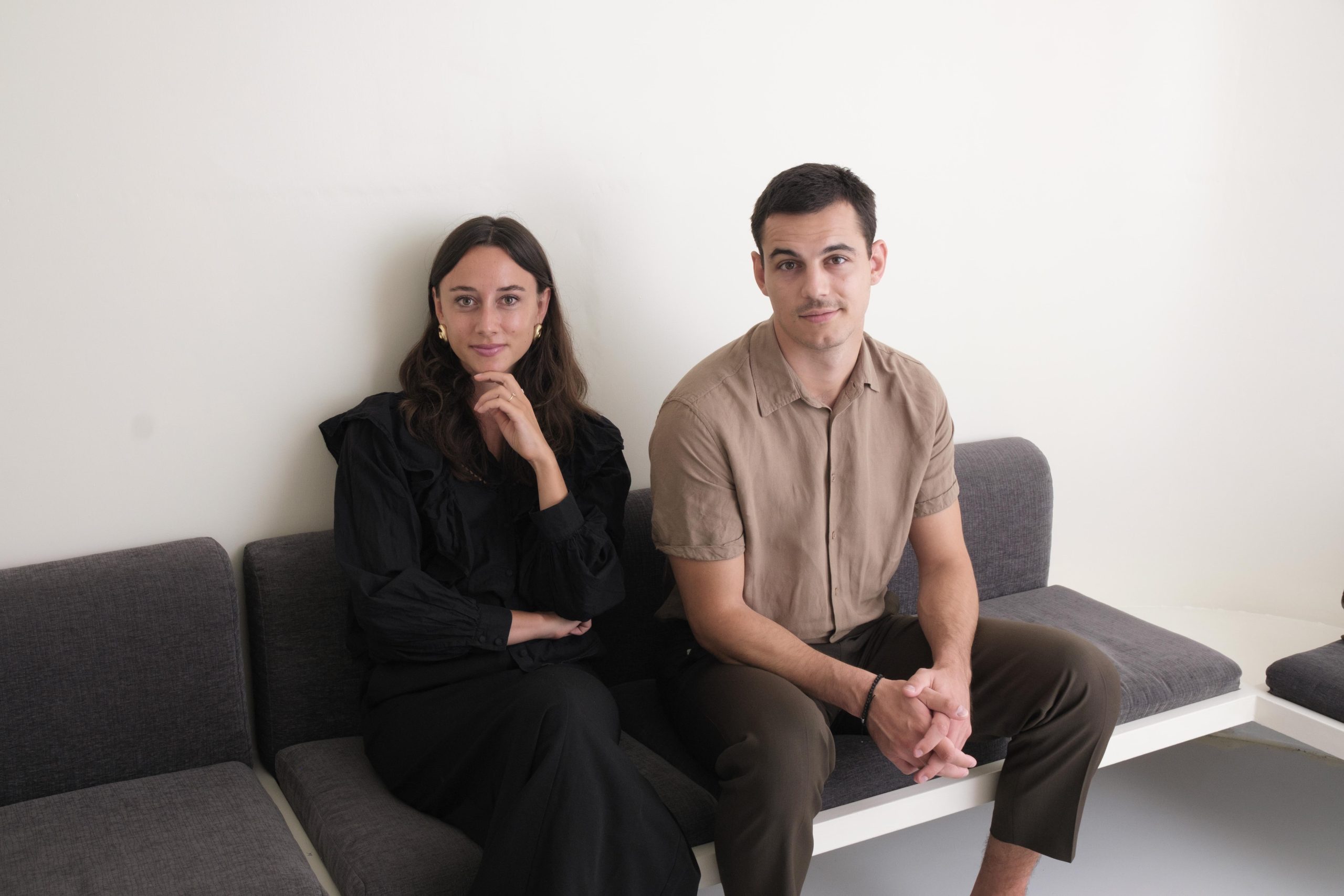
The way we look for health information has changed a lot.
Search engines are full of confusing advice, and more and more people are turning to TikTok for answers, even though it’s risky.
Lina felt this struggle herself— being disappointed by multiple first time visits of various doctors she spent hours scrolling through Google and TikTok, trying to find reliable health information after not having a period for years.
Her frustration led to the creation of femble—a platform for womens health that allows you to find and follow health-experts within seconds.
Here, the founders Lina Graf and Daniel Steiner tell us more about the journey and why femble transforms our access to health information.
Lina, what was the founding idea behind femble?
We all have googled symptoms and thought “this is nonsense” or “it’s annoying to go through all those pages”.
This is particularly true for women who still are often dismissed by our health-care systems and have to rely on digital sources.
The concern is that TikTok is increasingly replacing Google as the go-to source for health questions among Gen Z, which brings its own set of risks.
So we face the issue of needing quick access to engaging information, but also making sure it’s valid.
With femble, we close this gap by enabling health-experts to build a digital presence while enabling women* to search and find valid information in a second.
Daniel, what motivates you to build femble even though the end result might not be helping you directly?
First of all thanks for having us and doing what you do.
Secondly I see a massive need and obligation of a new generation of men challenging systems that ultimately mostly other men have built.
This also accounts for the health-care system. And besides that, there have been other men in the fem-tech way before me – be it the founders of Flo health or the co-founder of Clue.
Ultimately working together, no matter what gender is even anchored in our name: femble. Fem for female, ble for ensemble – together.
What’s the market potential for femble, especially considering the current state of healthcare systems, Lina?
Healthcare systems are facing immense pressure globally, leading to a decline in quality and health literacy.
femble steps in as a solution by directly connecting women with expert-verified health information, increasing health literacy and guiding patients to the right resources.
For doctors/health-experts, this means a more efficient use of their time, allowing them to focus on quality care while reaching a broader audience through our platform.
This approach has the potential to significantly enhance doctor patient connection.
By empowering both patients and doctors, femble is set to make a significant impact in the healthtech landscape.
Daniel can you give us some insights on how the platform works exactly again? Do I get answers to specific questions or insights based on my profile?
Right now, femble offers a feed with verified knowledge from health experts, similar to how you’d consume social media content.
Our next phase is launching a search engine feature, enabling users to search for specific questions and content.
Then users can really find and follow health-experts within a second – you get to know a team of experts before you even had an appointment with them so to speak.
How many users and experts are on the platform by now?
We have thousands of monthly users and dozens of experts who are already building their following on femble.
What’s exciting is that over 55 per cent of our users engage with the platform weekly.
We’re starting to receive a lot of requests by various health-experts who want to educate their own patient base better and get guidance on how to create video-content.
So figuring out how to scale and automize health-expert onboarding is a challenge we currently work on and you can expect to see many more experts on the platform within the next couple of weeks and months.
Sounds amazing. Last question: What’s your vision for femble?
femble aims to make health as accessible as TikTok, but as trustworthy as a doctor’s office.
Our vision for femble is that it becomes the number one search engine for health questions and enables us all to continuously find trustworthy information – also meeting the demands of today’s generations.
Find out more about femble at femble.co
Q&A
Femasys founder Kathy Lee-Sepsick on entrepreneurship and the need for innovation in women’s health
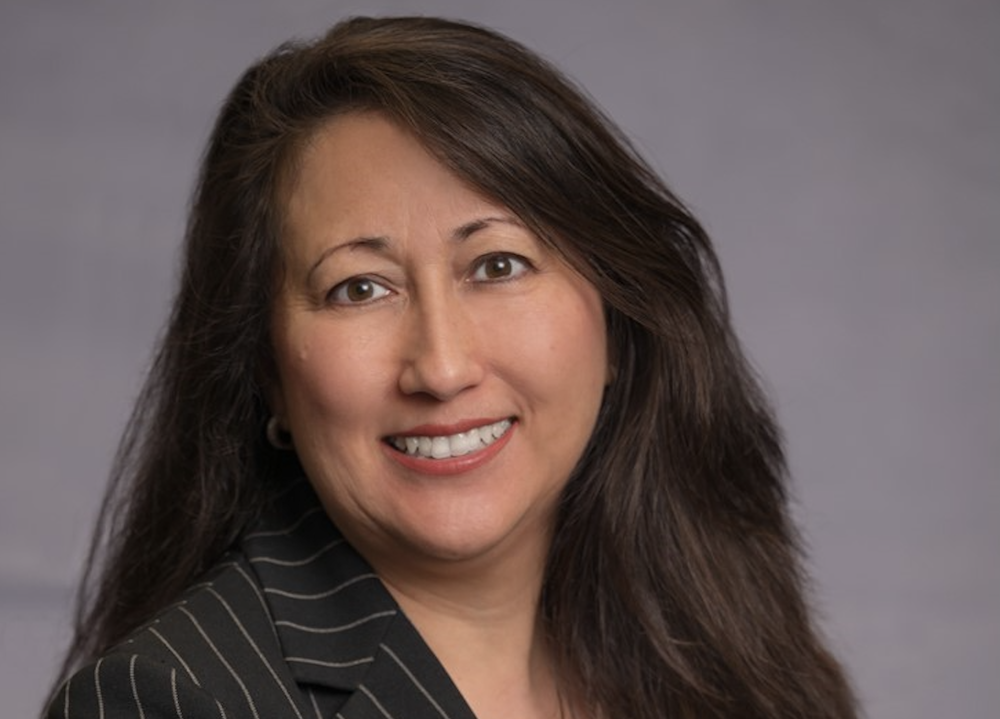
Kathy Lee-Sepsick, founder and CEO of the biomedical company Femasys, opens up about her entrepreneurial journey and what nearly three decades of experience as a top medtech executive have taught her.
Could you tell us about your background and how you got into women’s health?
I spent 10 years in various leadership roles at medtech companies focused in the cardiovascular and orthopaedics specialties. During this time, I realised how underserved the women’s health area was in comparison and the available solutions for reproductive health needs, specifically in permanent birth control were unsuitable.
With inventions that I felt were revolutionary to address the unmet needs in critical areas of reproductive health, I made the decision to start Femasys in 2004.
What inspired you to create Femasys?
I was inspired by my daughters and desire to create solutions that would offer women suitable reproductive health options in areas that have seen little-to-no innovation.
In addition to realising a widespread global need, I personally faced the same challenges as others when I encountered inadequate options for my own reproductive care. I believe Femasys has the potential to create lasting change.
How would you describe Femasys in a few words?
Femasys is a female-founded and led biomedical company focused on empowering women worldwide as they seek solutions throughout their reproductive journeys by providing revolutionary products that are affordable and accessible.
How would you describe the impact and importance of your work?
Technological advancements in female reproductive health are long overdue, which has driven our focus to develop in-office, accessible, and innovative options. The work we are doing in infertility and permanent birth control are game-changers and have the potential to transform the landscape for women, couples, and their families.
Our work is so important because no one else is focused in advancing these much-needed technologies, which has the opportunity to impact women for generations to come.
People may be thinking ‘How is Femasys transforming women’s healthcare worldwide?’. What’s your response to that?
The product solutions we are advancing address issues women are facing worldwide. We are dedicated to not only helping women here in the US but around the globe as we work to amass country approvals for our product initiatives.
As a small emerging company, the allocation of resources and funds for this effort demonstrates our commitment.
What is the best part about being an entrepreneur in this space?
It is hard pressed to find a space in healthcare that is this neglected, so the best part is knowing every day that the work we are doing has the potential to make such a significant impact worldwide. Executing on our mission is a constant responsibility that bears immeasurable satisfaction as we achieve our goals.
What is your greatest achievement since establishing Femasys?
My greatest achievement since establishing Femasys is making our products available to women in the US and other countries outside the US as we gain regulatory approvals of our important technologies.
This includes FemaSeed for the next generation of artificial insemination, FemVue for diagnosis a woman’s fallopian tubes with ultrasound, and FemCerv for obtaining a comprehensive tissue sample for diagnosis of cervical cancer.
-

 News3 weeks ago
News3 weeks agoDozens of women report suffering painful burns after using Always sanitary towels
-

 News4 weeks ago
News4 weeks agoWomen’s health innovations recognised in TIME’s Best Inventions 2025
-
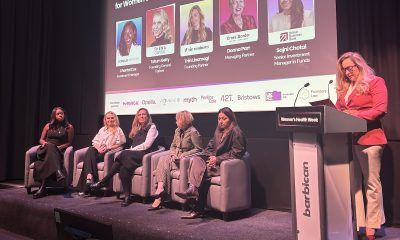
 News3 weeks ago
News3 weeks agoCutting through the noise in femtech – key takeaways from Women’s Health Week 2025
-
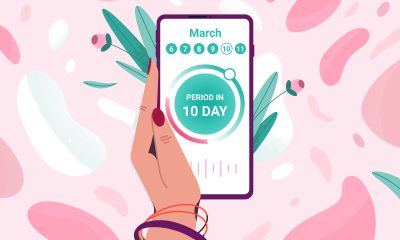
 Mental health4 weeks ago
Mental health4 weeks agoMenstrual cycle affects women’s reaction time, study finds
-
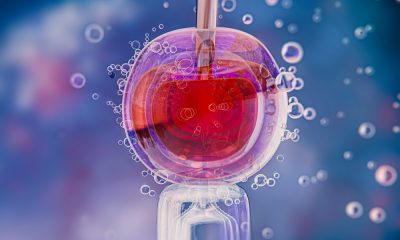
 News2 weeks ago
News2 weeks agoAI embryo selection tool wins European approval
-

 Insight3 weeks ago
Insight3 weeks agoScientists develop breakthrough approach to detecting endometriosis in menstrual blood
-
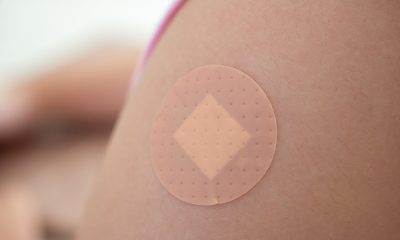
 News2 weeks ago
News2 weeks agoTestosterone patch shows promise for menopausal women
-

 Features2 weeks ago
Features2 weeks agoFrom SEO to GEO: How women’s health brands can get found in the age of AI





